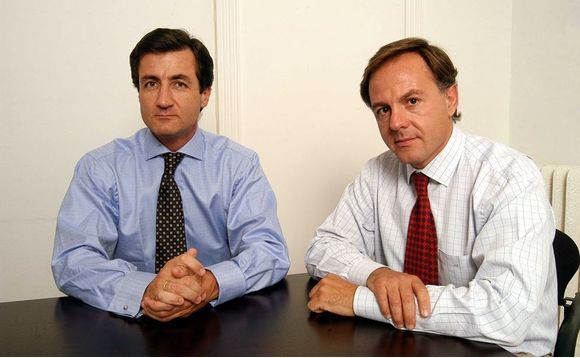
Q&A: views on the Spanish mid-market

Spanish mid-market player Nazca recently saw it’s cornerstone, Fortis, sell its stake to AlpInvest. The new investor simultaneously backed the buyout of Nazca from Fortis. Fracinia Protti-Alvarez speaks to Álvaro Mariátegui and Carlos Carbó from Nazca about recent fundraising efforts and prospects for the Spanish market.
Latest News
Stonehage Fleming raises USD 130m for largest fund to date, eyes 2024 programme
Sponsor acquired the public software group in July 2017 via the same-year vintage Partners Group Global Value 2017
Stonehage Fleming raises USD 130m for largest fund to date, eyes 2024 programme
Czech Republic-headquartered family office is targeting DACH and CEE region deals
Stonehage Fleming raises USD 130m for largest fund to date, eyes 2024 programme
Ex-Rocket Internet leader Bettina Curtze joins Swiss VC firm as partner and CFO
Stonehage Fleming raises USD 130m for largest fund to date, eyes 2024 programme
Estonia-registered VC could bolster LP base with fresh capital from funds-of-funds or pension funds








